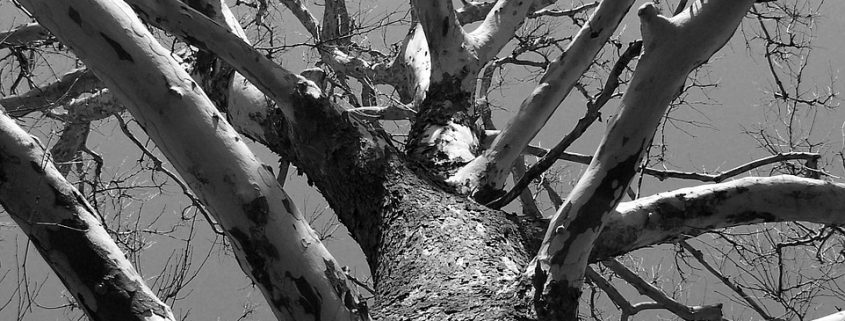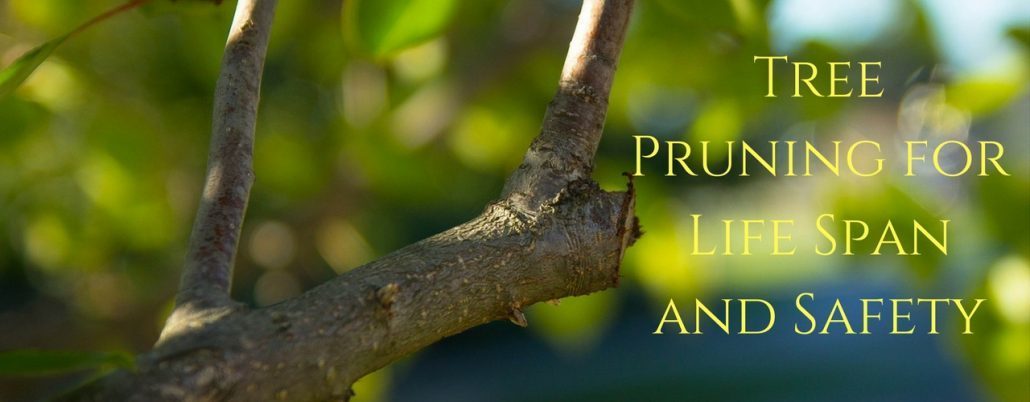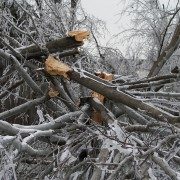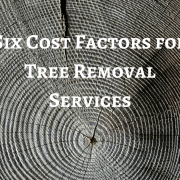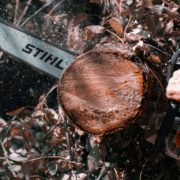Tree Pruning for Life Span and Safety
Why Pruning is Necessary
Pruning a tree is required to maintain the life and health of the tree. The early years of a tree’s growth are crucial to its silhouette, vigor, and overall life duration. Trees are an asset to the landscape in many ways. Trees offer shade and lower utility bills. They can produce food and provide shelter for animals and birds. Keeping them in good health will give the homeowner years of protection and enjoyment and add value to the property. Sometimes a tree’s appearance can appear lopsided, and trimming can give it an overall better appearance. Crowded growth can inhibit air flow, hence being a recipe for disease. Branches that cross or rub against each other or another object such as a fence will create a wound. Damaged and diseased limbs should be cut out to lessen the spread of infection.
What to Prune and Not to Prune
When a tree is first planted, step back and look at the overall shape of the tree. Remove any broken branches that could have occurred in planting or moving. Remove competing leaders that will inevitably hamper the life span. Prune damaged or diseased limbs or branches at this point. Remove all tags and ties from the tree. Ensure the root system has plenty of room to grow and expand to anchor the tree and feed the branches. Remove oddly shaped branches for the overall look of the tree. Prune any branches that are rubbing together. Eliminate branches that are impairing a walking space or protruding in undesirable locations.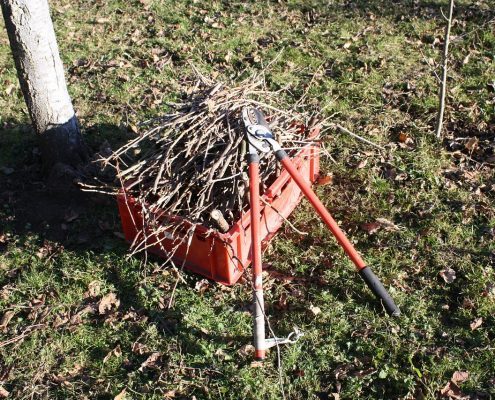
Inspecting Your Trees
Trees can come under stress for various reasons. Droughts, floods, heavy winds, heavy snowfall, can all take a toll on the branches and root system of trees. Using a set of binoculars to inspect your tree annually or after a storm can prevent damage later to your property or persons. Check for loose limbs that may have fallen and gotten caught in other branches. Look for tears in the bark or wounds that could be an entry for disease. Inspect the bark carefully for pests or holes. The ground around a tree can also contribute to the health. Is it compacted or recently been moved? Piling excess amounts of soil or mulch around a tree’s base can eventually strangle it from getting the necessary oxygen levels it needs to survive. Driving heavy vehicles or equipment over the surface near the tree roots will compact the soil and make it harder for penetration of water and nutrients. A newly installed driveway or sidewalk near the root system will affect the health of the tree. If the leaves are still on the trees, look for barren spots where leaves no longer grow and mark that branch to be removed at the proper time.
Variety of Trees to Prune Now
While trees are dormant in the winter and the sap is running low, it is an excellent opportunity to prune deciduous trees such as Chaste trees, crape myrtle, Smoke Tree, Maple, Walnut, Birch, and Oaks. Spring blooming trees such as Cherry’s should be pruned immediately after the flowers fade instead of prior. As a rule, prune trees that bloom in mid to late summer in dormancy during the winter months. Avoid pruning trees in the fall because the healing process of wounds take longer and make the tree more susceptible to fungi.
Pruning Shoots & Suckers off Trees
Some trees will offer up shoots and suckers to regenerate itself as the tree gets older to regenerate itself. Other times suckers are apparent because of some injury or disease to the tree to grow more branches to recover. Eliminate these shoots and suckers to prevent the diversion of water and nutrients away from the main trunk. Shoots will pop out are around cut wounds on a tree. Remove carefully in order not to cause more harm or to tear the bark of the tree. Suckers will grow at the base of a tree so remove by moving some of the soil to find the base of the sucker. Cut close to the base to Inhibit further unnecessary growth. Annual vigilance will keep your tree from regenerating in this way and help it to thrive. Trees that are likely to sucker include Angelica trees, Beech, Birches, Buckthorn, Apple trees,
Proper pruning and tree care will extend the lifespan and add strength to the branches against harsh weather conditions. An annual inspection and pruning will keep you in the shade for a long time. If you need tree work done, call us for a consultation today. 828.774.1590.

